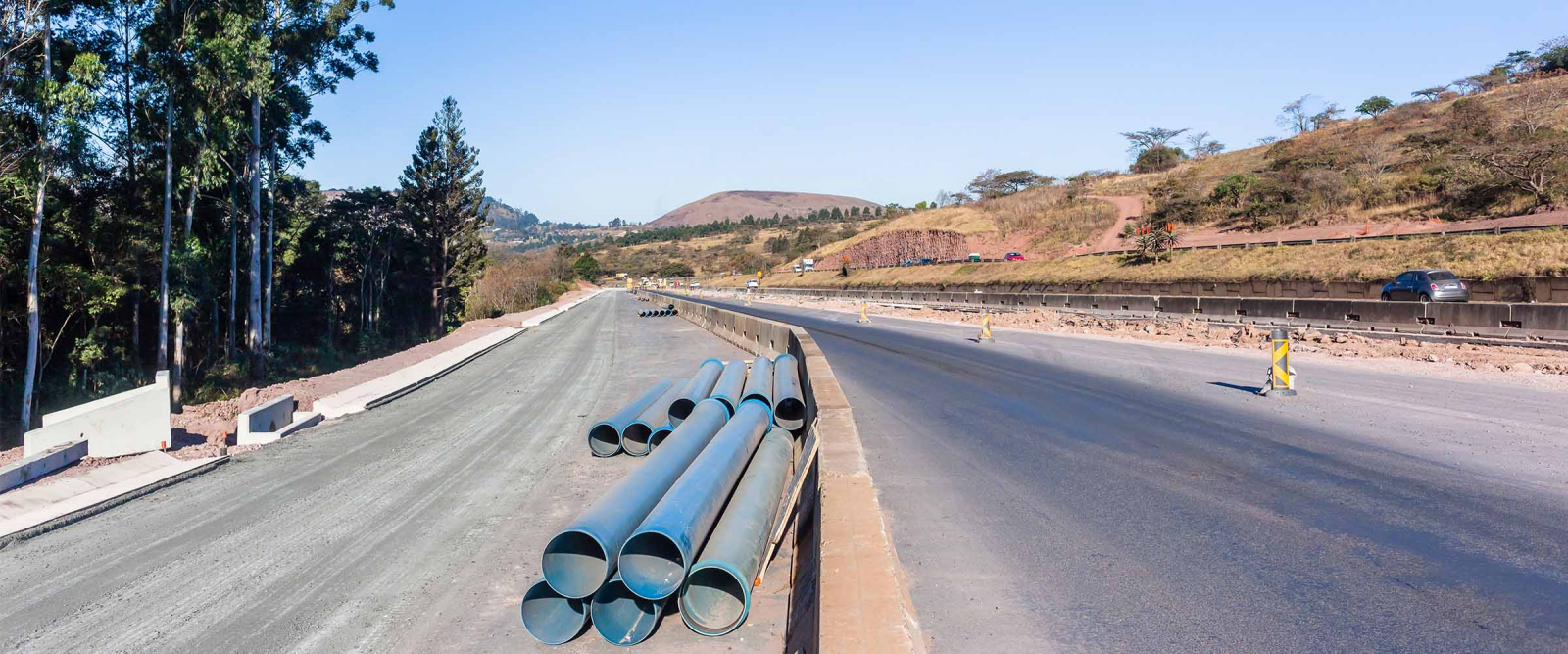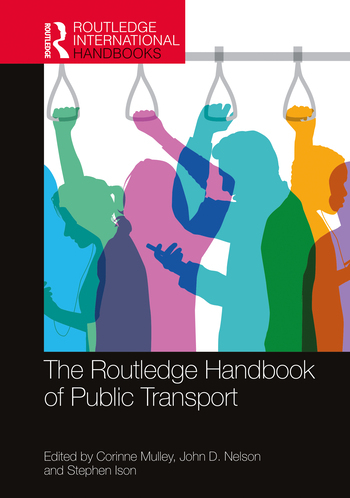

A Guide to Using Empirical Information to Measure Economic Impact of Highway Investments
A guide released by the Federal Highway Administration provides public agencies and private researchers with guidance and standards for documenting the actual economic effects of highway investments. The two-volume document was developed by EDR Group (now EBP) and Cambridge Systematics, Inc.
The guide is intended to address the continuing debate about long-term economic development impacts of new highway construction and continued highway system expansion. Proponents of new highway investments often cite anticipated benefits such as local or regional job creation, business attraction, and income growth.
Opponents often argue that new highway investments may redistribute jobs and business activity and lead to more traffic generation without any real economic benefit to the local area or region. In fact, there has been very little analysis of the effects of specific individual highway projects. Without much of a base of empirical information on actual impacts of past projects, the accuracy of methods for projecting economic effects of proposed new highway investments remains uncertain.
This project was undertaken to address existing limitations on empirical data regarding the lasting economic impacts of individual highway projects. It is intended to help the staff of federal, state and regional agencies to develop a more consistent base of information on how, and under what circumstances, highway improvements can provide desired economic development benefits.
- Volume 1 provides a review of existing empirical studies, currently available data sources, and information needs for improved research on the economic development impacts of mostly rural highway projects.
- Volume 2 provides three prototype designs for empirical (ex post) studies of the actual economic development impacts of specific highways at regional, corridor and local levels, and guidance on how to carry out those studies.
- In addition, this project sponsored two new studies -- in Wisconsin (Highway 29 Study) and New York State (I-86 Study) -- that implemented the Volume 2 prototype designs to assess the actual economic development impacts of specific new highways.
For more information on this study, contact the lead author, Glen Weisbrod of EDR Group, or the FHWA project manager, Martin Weiss.
For more information on measuring economic impacts of highways, see FHWA's Economic Development Highways web site.









